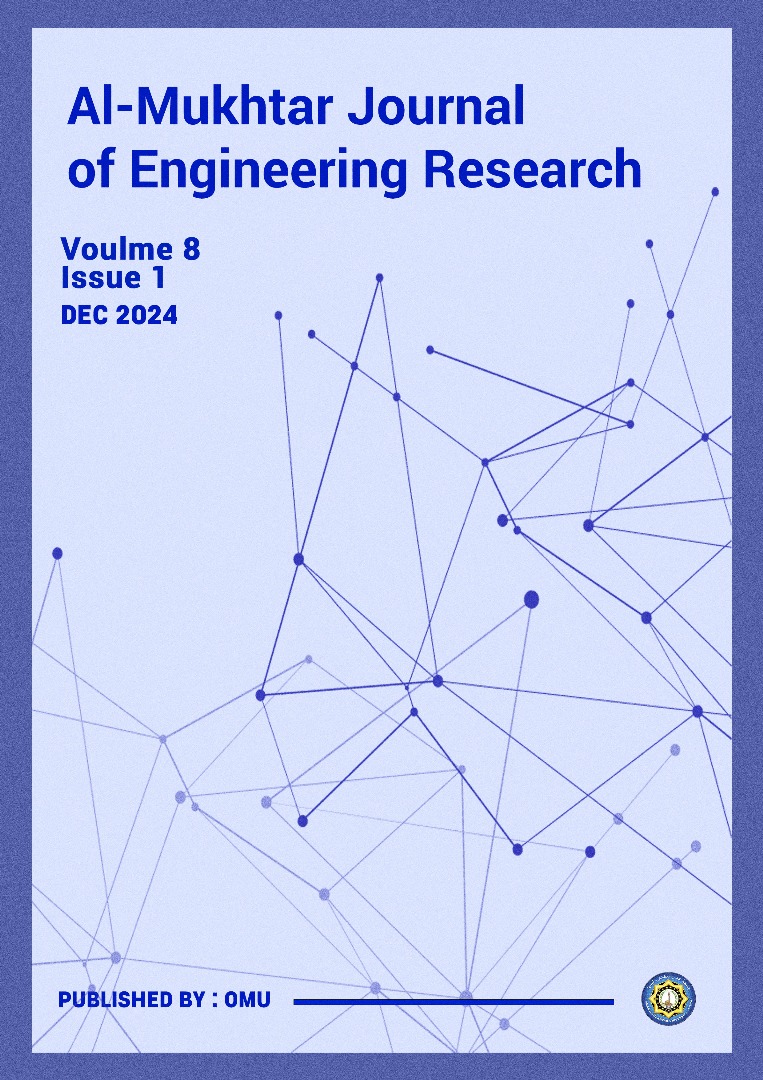The effect of Curing time and temperature on Cathodic Disbondment Behavior of Epoxy-Coated Steel in Marine Environments
DOI:
https://doi.org/10.54172/cc55tn56Keywords:
Epoxy Resin, Coating Disbonding, Sacrificial Anode, Cure Temperature, Marine Environment, Cathodic ProtectionAbstract
Protecting steel structures from corrosion in various environments typically involves coating and cathodic protection. Multiple factors affect the rate at which a coating disbonds, including curing time, temperature, surface preparation, and coating thickness. Numerous research studies have investigated the mechanisms behind blister formation and growth. This study focuses on how the curing temperature affects the number of blisters, blister diameters, and disbanded steel coated with a 100µm epoxy resin. The results show that as the curing time increases for cathodically protected and unprotected samples, the time taken for initial disbonding is prolonged. It is worth noting that the blistering time is longer in polarized samples than in non-polarized ones, regardless of the curing temperature. In addition, blister formation is less frequent in polarized samples than non-polarised ones. As the curing temperature increases, the disbonding area decreases in protected and cathodically unprotected conditions. It has been observed that the size of blisters decreases with higher curing temperatures in protected samples. At the same time, it increases with rising cure temperatures when the system is in protection mode. Notably, the disbonding rates in unprotected samples exceed those in protected samples at all curing temperatures.
Downloads
Published
Issue
Section
License
Copyright (c) 2025 Rafaa M. R. Esmaael, Dawod H. Elabar, Mohamed A. Gebril, Farag Haidar (Author)

This work is licensed under a Creative Commons Attribution-NonCommercial 4.0 International License.
Copyright of the articles Published by Al-Mukhtar Journal of Engineering Research (Mjer) is retained by the author(s), who grant Mjer a license to publish the article. Authors also grant any third party the right to use the article freely as long as its integrity is maintained and its original authors and cite Mjer as the original publisher. Also, they accept the article remains published by the Mjer website (except in the occasion of a retraction of the article).




